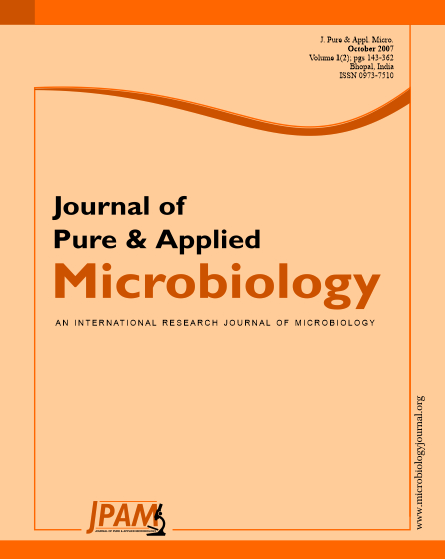Effects of some heavy metals (HM) namely, Cu, Mn, Ni and Zn, individually and in mixture on the biodegradation of phenanthrene (Phe) as a model for polyaromatic petroleum hydrocarbons (PAHs) using Cellulomonas hominis N2 previously isolated from highly heavy metals and petroleum contaminated soil (PCS) were studied.
The bacterial growth showed a decrease in the surface tension of the incubated culture in addition to good emulsification index which proves that Cellulomonas hominis N2 is biosurfactant producer.
Cellulomonas hominis N2 showed good growth and biodegradation potentials on Phe in absence and presence of heavy metals with various degrees depending on the type and concentration of the metal either being present individually or as a mixture.
The biodegradation potential was found to be not linearly related to growth rates.
Impact, Heavy metals, Biodegradation, Phenanthrene, and Cellulomonas hominis
© The Author(s) 2007. Open Access. This article is distributed under the terms of the Creative Commons Attribution 4.0 International License which permits unrestricted use, sharing, distribution, and reproduction in any medium, provided you give appropriate credit to the original author(s) and the source, provide a link to the Creative Commons license, and indicate if changes were made.


